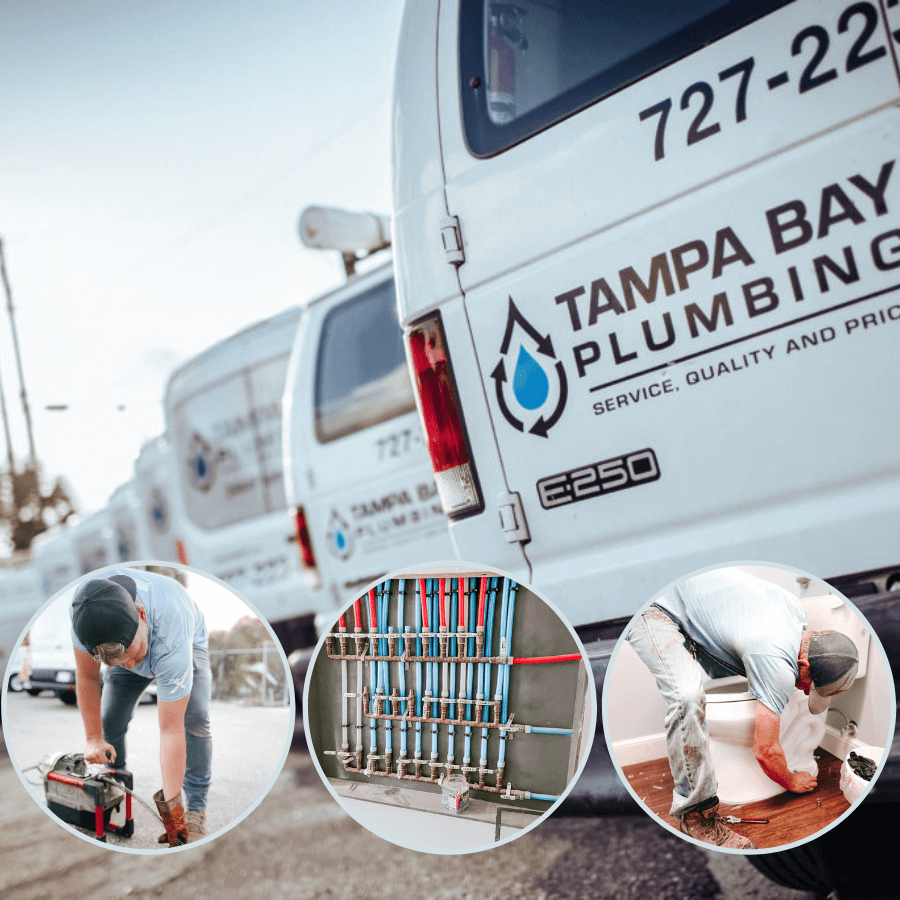Burst Pipe Repair: A Guide to Tackling Plumbing Emergencies
Few household mishaps are as urgent and potentially damaging as a burst pipe. The sound of rushing water and the sight of a flooded area can be distressing, but knowing how to respond promptly and effectively can make all the difference. In this article, we'll delve into the essentials of burst pipe repair, helping you understand the causes, signs, and steps to mitigate the damage.

Understanding the Causes
Before diving into repair solutions, it's crucial to comprehend why pipes burst in the first place. Several factors can contribute to this plumbing nightmare:
-
Freezing Temperatures: In cold climates, water inside pipes can freeze and expand, putting immense pressure on the pipe walls, leading to ruptures.
-
Corrosion: Over time, pipes can corrode, weaken, and eventually burst. This is more common in older plumbing systems.
-
Water Pressure: Excessive water pressure can strain pipes, causing them to burst. Pressure-reducing valves can help prevent this issue.
-
Clogs and Blockages: Obstructions within the pipes can increase pressure, weakening the pipes and making them susceptible to bursting.
Recognizing the Signs
Early detection is key to minimizing the damage caused by a burst pipe. Keep an eye out for these signs:
-
Water Leaks: The most obvious sign is a sudden and significant water leak. Puddles or water pooling in unusual places is a clear indicator.
-
Reduced Water Pressure: A noticeable drop in water pressure throughout your home can suggest a burst pipe.
-
Water Stains and Mold: Water escaping from a burst pipe can lead to water stains on walls or ceilings, as well as the development of mold or mildew.
Immediate Action
Upon discovering a burst pipe, swift action is essential:
-
Shut Off the Water Supply: Locate the main water valve in your home and turn it off to stop the flow of water.
-
Electricity Off: If the burst pipe is near electrical outlets or appliances, turn off the electricity to avoid electrical hazards.
-
Drain Faucets: Open faucets in your home to drain any remaining water and relieve pressure in the pipes.
Temporary Fixes
While awaiting professional assistance, you can employ some temporary measures to minimize damage:
-
Pipe Clamps: If the rupture is small, you can use pipe clamps to temporarily stop the leak.
-
Epoxy Putty: For tiny cracks, epoxy putty can be applied as a temporary sealant.
-
Towels and Buckets: Place towels and buckets to catch water and prevent further damage to your home.
Calling a Professional Plumber
Burst pipe repair is a job best left to the experts. Here's why:
-
Assessment: A professional plumber can assess the extent of the damage and determine the best course of action.
-
Quality Repair: They have the knowledge and tools to make a proper and lasting repair, ensuring your plumbing system functions correctly.
-
Prevent Future Issues: Plumbers can identify the root causes of the burst pipe and recommend preventive measures to avoid future incidents.
Preventing Future Bursts
Once your burst pipe is repaired, it's wise to take preventive measures:
-
Insulation: Insulate exposed pipes to protect them from freezing temperatures.
-
Regular Maintenance: Schedule regular inspections and maintenance for your plumbing system.
-
Pressure Reduction: Install pressure-reducing valves to keep water pressure at safe levels.
In conclusion, a burst pipe can be a distressing ordeal, but with prompt action and the help of a professional plumber, you can minimize damage and ensure a swift and effective repair. Remember to stay vigilant for signs of plumbing issues and take preventive measures to protect your home from future pipe bursts.